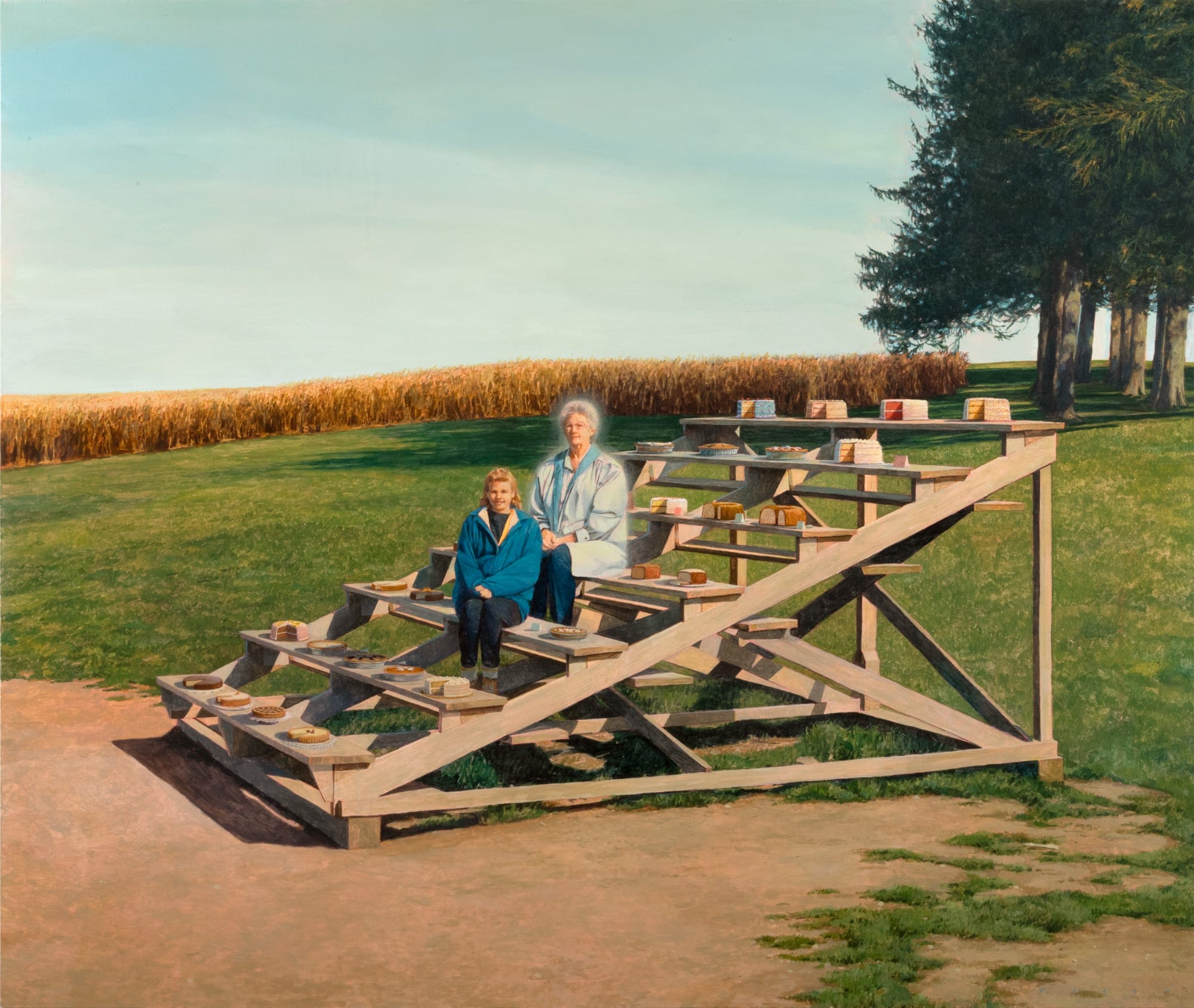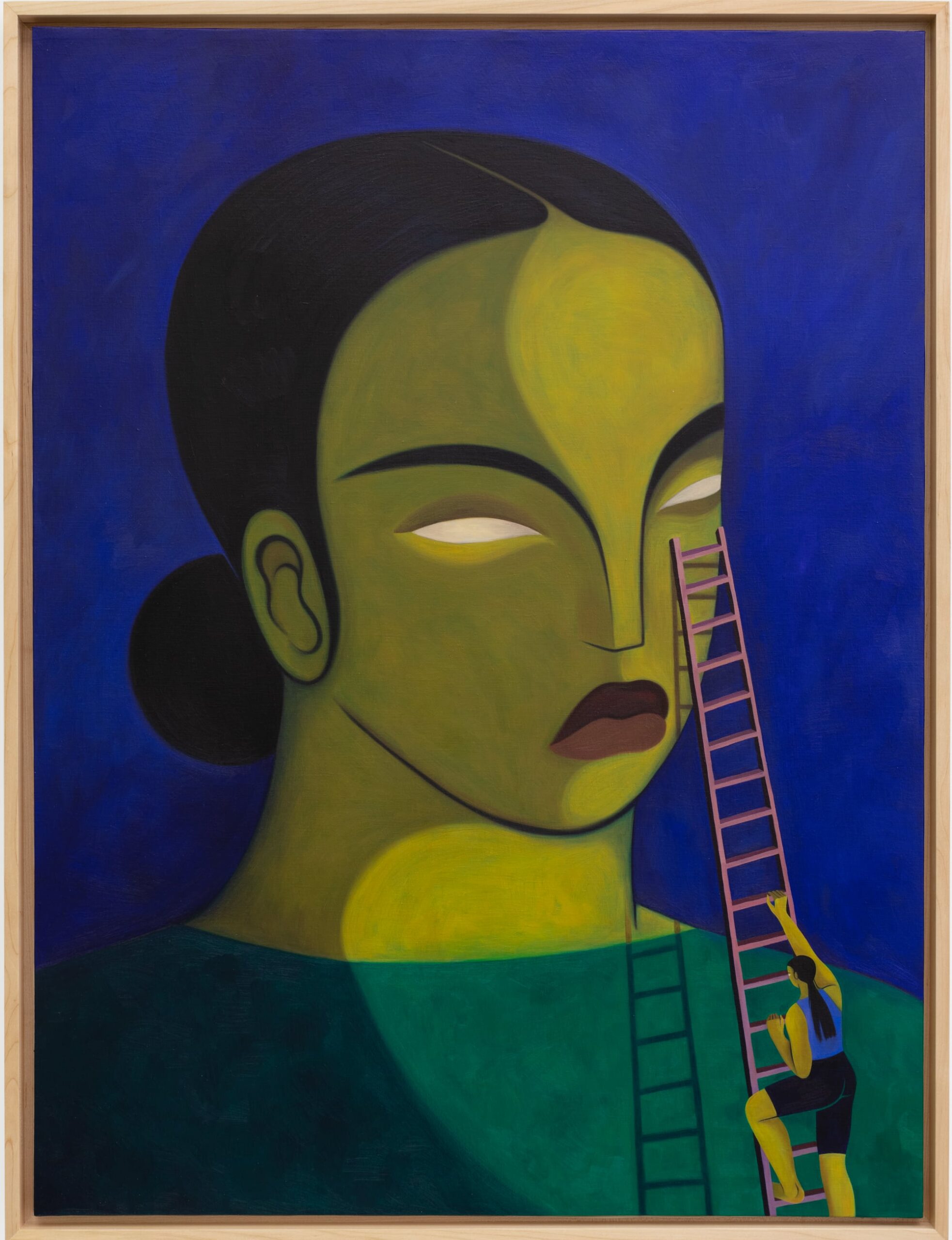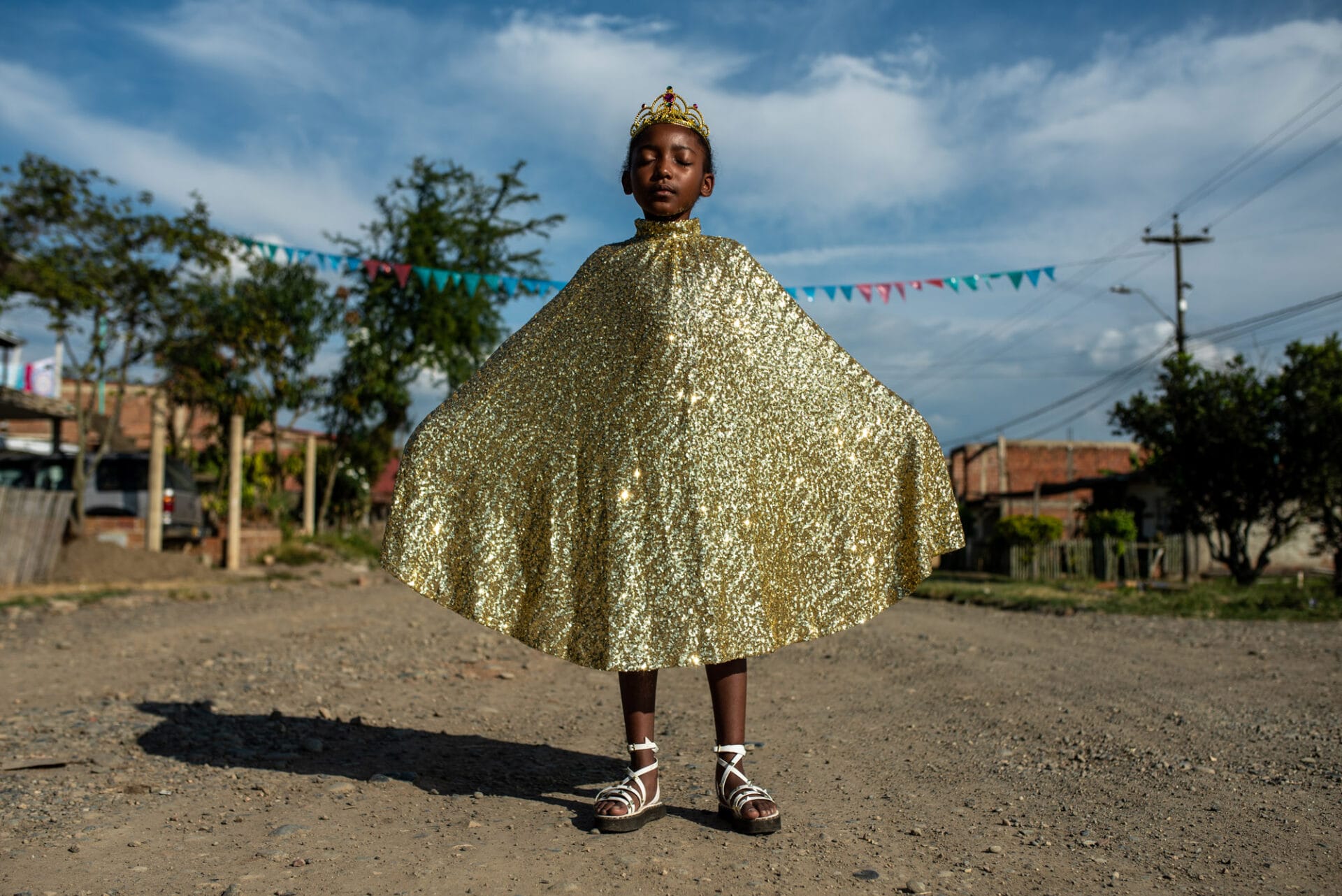Images courtesy of the National Institute for Educational Policy Research
Color printing techniques have been used for centuries in Japan, from monochrome prints that were hand-colored to nishiki-e, or “brocade pictures,” in which a number of woodblocks forming separate parts of the image could be printed using different hues. Publishers relied on these methods until the early 1900s, when modern techniques like CYMK created multicolor impressions.
In the archive of Japan’s National Institute for Educational Policy Research, a trove of incredible textbooks spans the mid-1800s to the 1940s. Ranging from brush painting guides to elementary readers to the geography of Koshi Province—now the Hokuriku region—hundreds of digital scans reveal what students were learning in school more than 100 years ago. Richly illustrated spreads portray lessons in topography, languages, and a series titled Circle of Wisdom, with some method books geared toward teachers at various grade levels.
Each rare title is scanned and uploaded as a PDF so you can virtually page through the entire volume. If you don’t read Japanese, switch on your browser’s translate function and learn a thing or two on the institute’s website, where you can also arrange a visit in-person to its library in Tokyo. (via Present & Correct)
Do stories and artists like this matter to you? Become a Colossal Member today and support independent arts publishing for as little as $5 per month. The article From Geography to Color Theory, Page Through a Rare Archive of Centuries-Old Japanese Textbooks appeared first on Colossal.


